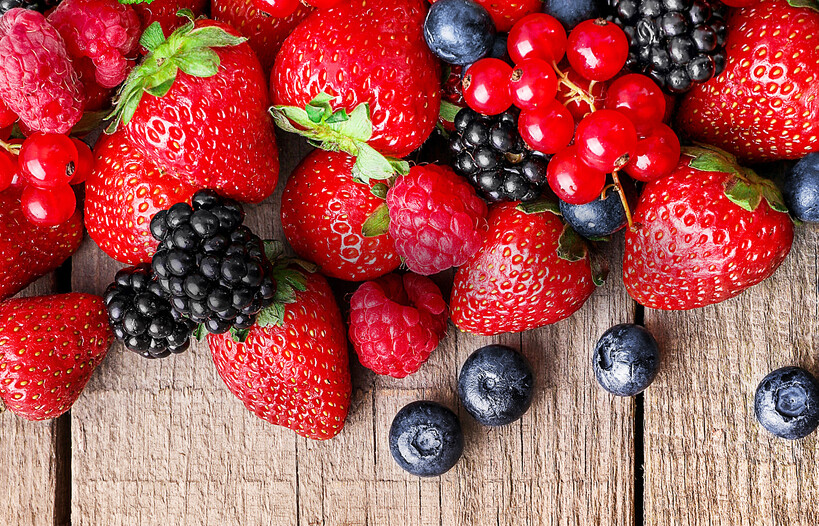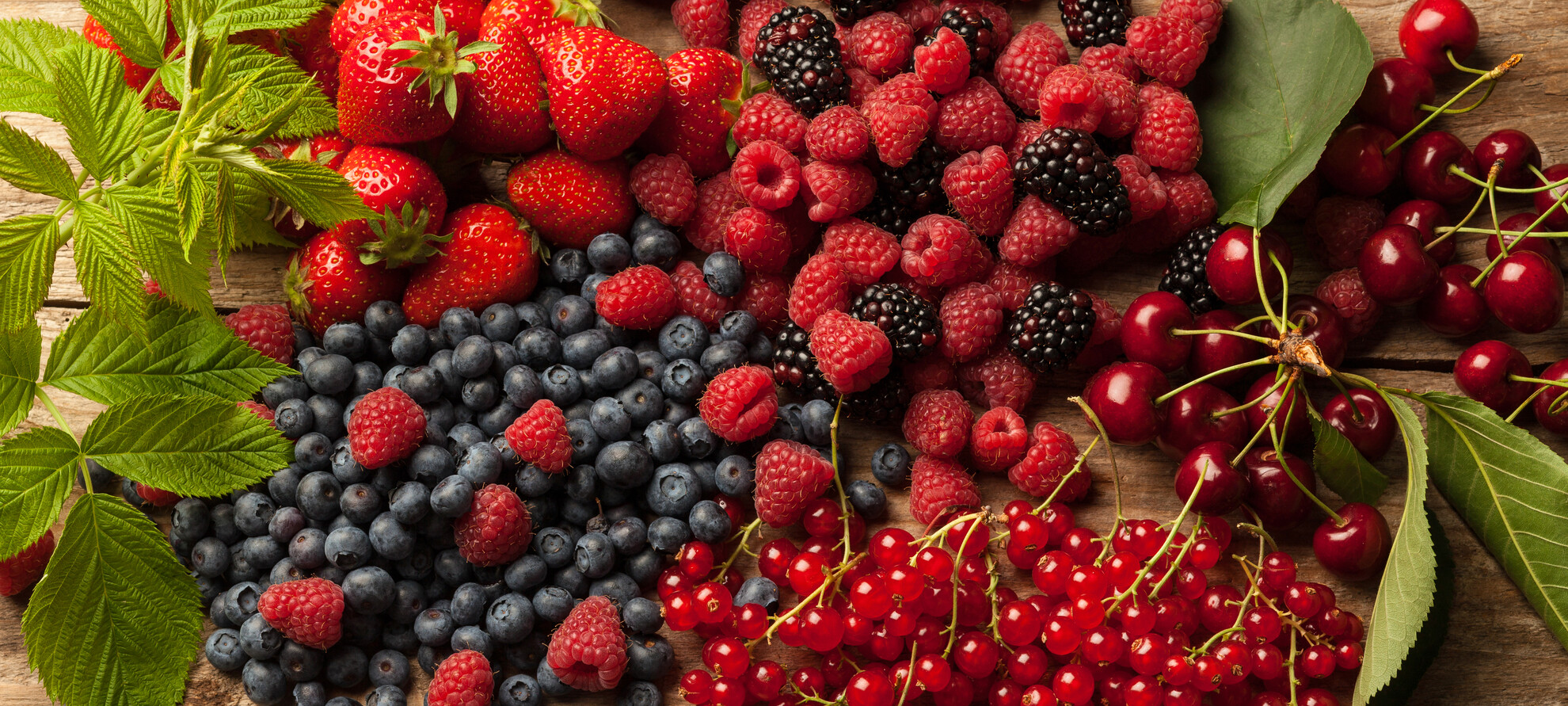The flavors of the Dolomites
A guide to mountain fruits and berries
What does summer taste like in the mountains?
There is the bright green of sun-kissed slopes, the emerald green of nature in the shade, the thirst for a walk, the sweet scent of flowers, petals whose colors you want to capture in a bottle, and the smell of wet earth. Yes, that’s the taste in the mouth, enclosed in a soft and juicy berry that, between tongue and palate, releases a honey that has just colored your lips. Red, black, purple.
They are the small fruits of the undergrowth, the ones that light up the children’s summer. In the last century we have learned to grow them, it is true, in some areas that are more suitable than others, but we have never forgotten the thrill of looking for and harvesting them. If you think about it, neither do you.
There is a part of history that belongs to some and then there is a myth that belongs to everyone. This is why the joy of harvesting and the desire to enjoy special delicacies is born within us and is renewed with each generation.
"Italian berries", "mountain fruits"
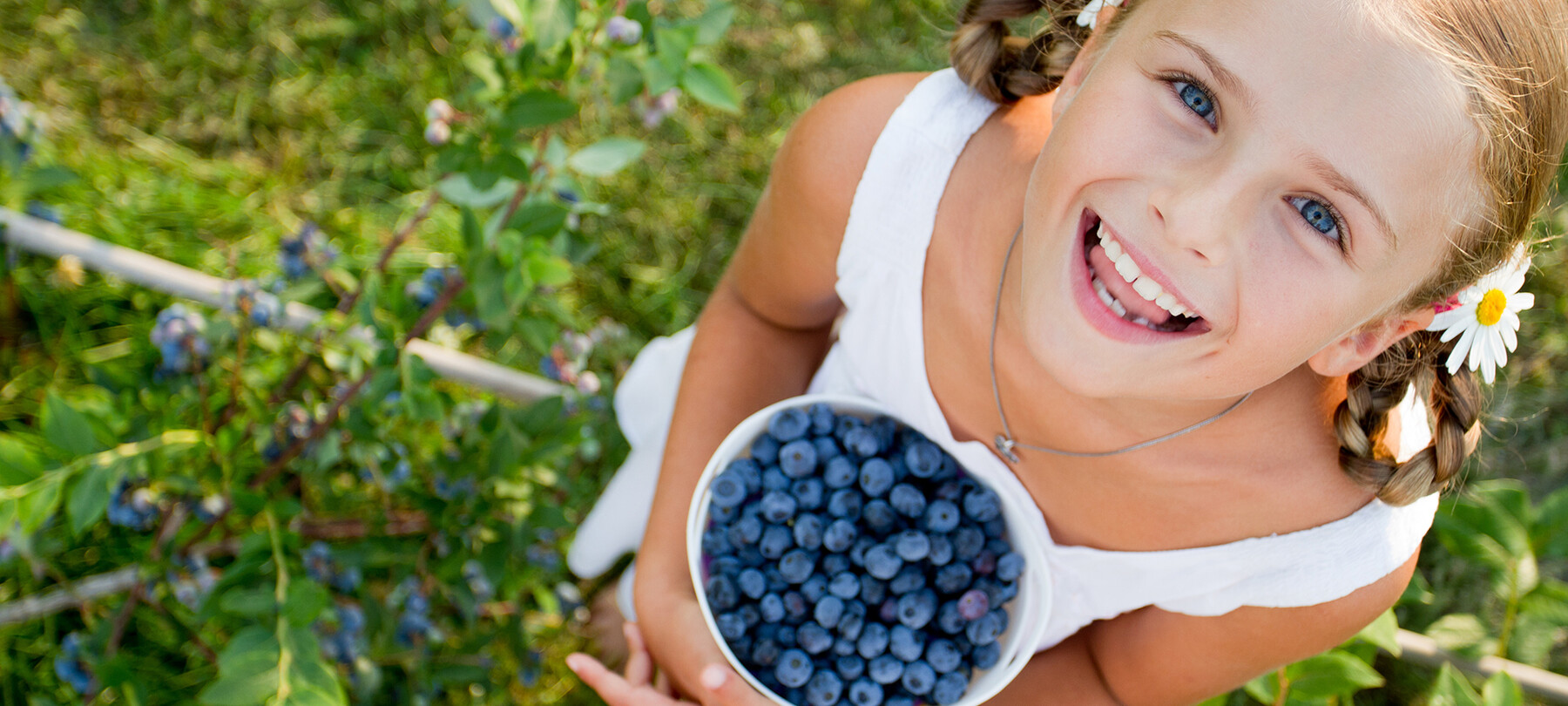
The history of small mountain fruits
As happened with wild herbs, natural vegetable gardens and open sky, in the mountain peasant tradition blackberries, raspberries, blueberries, currants and wild strawberries also served as subsistence foods and, by making a virtue of necessity, shaped a culinary identity still unsurpassed today.
Children used to spend the day collecting and bringing home what was left of their feasts, women extracted juice, medicines and delicacies, and families sold them to buy shoes and school books for autumn.
They were truly precious treasures that anyone in the city was willing to pay their weight in gold, or almost.
The myth of small mountain fruits
There is Snow White’s cake, there are walks in search of those mysterious and very small fruits that were difficult to find elsewhere because they did not last long after harvesting. Wicker baskets that take hours to fill, children enchanted by their sight and willing to fight to the last berry. The regret upon realising that somebody got to the small fruits before our arrival.
Above all, there was and there is summer. Small mountain fruits need a high-altitude sun that warms up and then cools down, the humidity of the earth that gets wet with dew, clean air that does not spoil them. That is how they preserve the flavour and properties of each single element that gave them life.
Do you remember when was the last time you picked small berries and ate them straight from the plant? And what did it feel like to bring home your loot? Is this similar to what your kids feel?
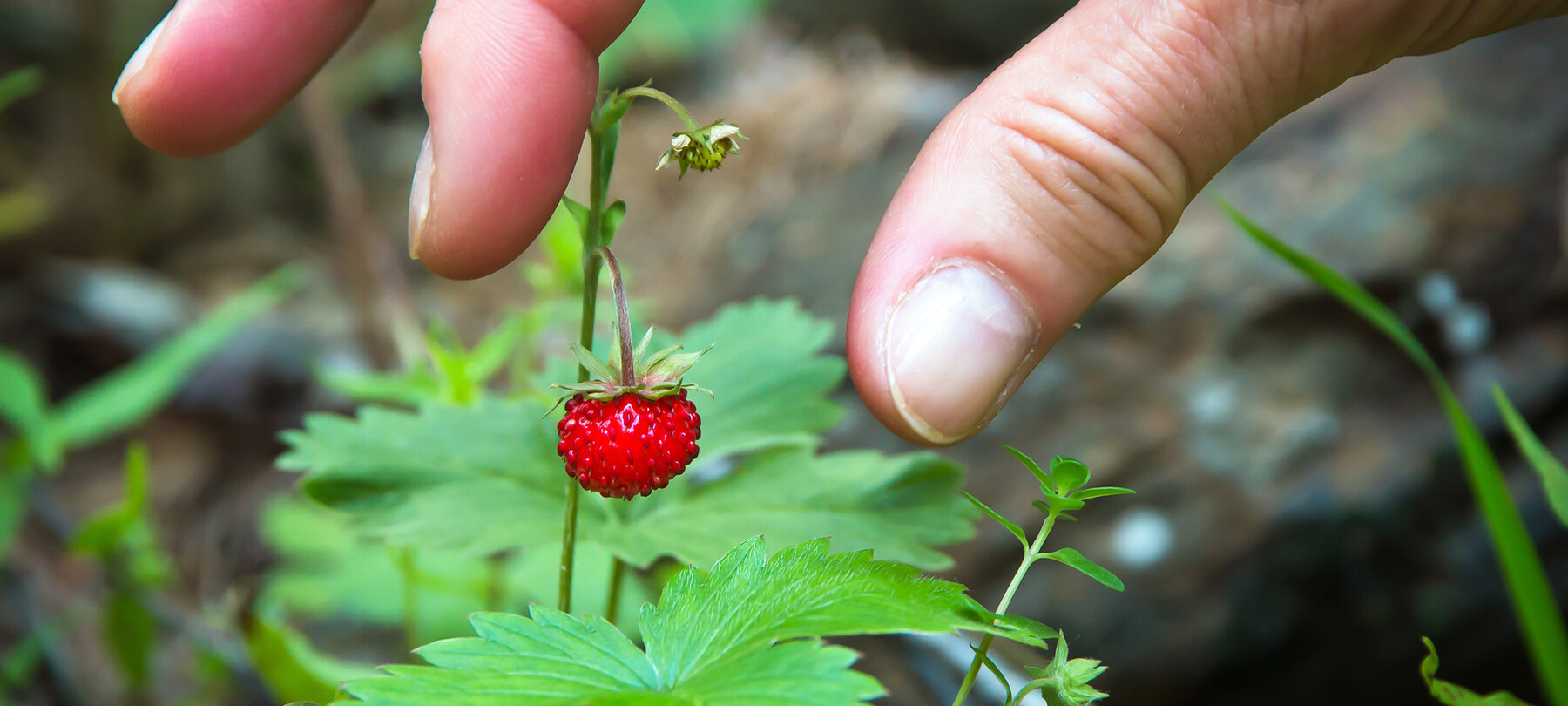
Harvesting small mountain fruits
In Trentino, wherever there is a forest, there is a walk. And wherever there is a walk, in the summer, no matter in which valley, you have the opportunity to find small fruits. If you think that you may not be able to recognise the berries, be content with stocking them up in mountain farmsteads or at refreshment points where others have collected them for you, perhaps to prepare jams, sweets and a variety of dishes.
The properties of small wild fruits are extraordinary because they have a very low glycemic content, are very rich in vitamins, especially vitamin C, natural antioxidants that stimulate and protect the immune system, mineral salts and fibres.
In addition, as you go in search of them, you spend a pleasant and healthy time immersed in nature.
Small mountain fruits
From the first days of June, depending on the latitude, you can find the first ripe fruits.
The iconic fruit of our mountains is the wild blueberry, smaller than the cultivated one but much sweeter. It is a solitary fruit, each sprig bears a berry. You will never find it in clusters. You might confuse it with the look-alike blueberry which grows in the same areas as the real blueberry. How do you identify it? Squeeze the berry: if reddish juice comes out it’s blueberries, if it’s whitish it is not. The look-alike blueberry is non-toxic unless eaten in large quantities.
Similar in colour, wild blackberries grow on brambles, so it's good to pay attention to thorns. Their full maturation occurs in the months of August and September, when the green fruits first turn red and then black. In June, you’ll recognise them by their white and pink flowers. Brambles are among the most resistant and easiest to propagate plants, so when you have identified the area, you will be holding a treasure in your hands.
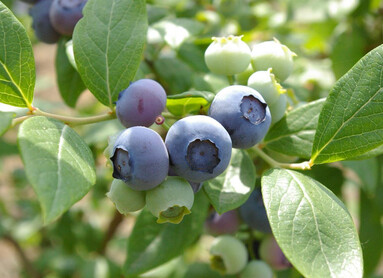
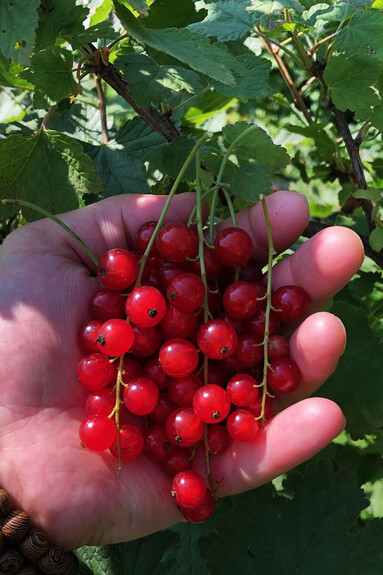
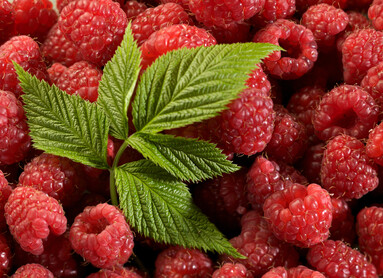
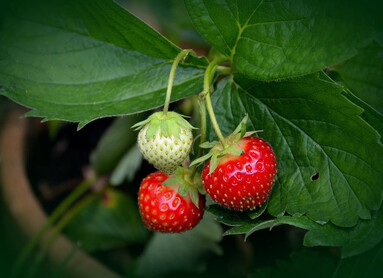
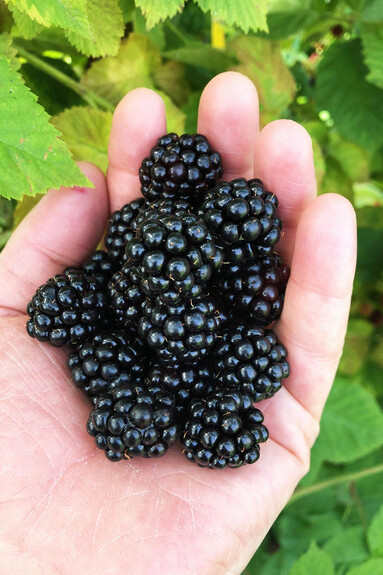
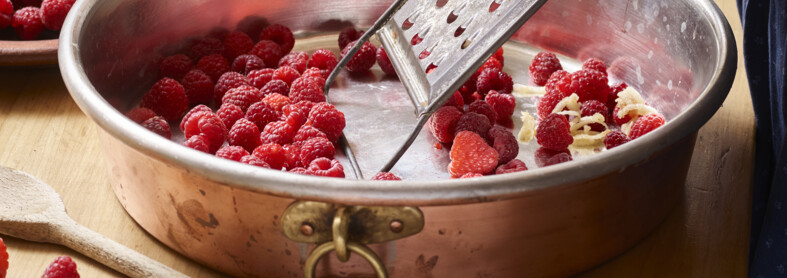
Wild rasperry
Even wild raspberry plants have small thorns right next to the fruit. Gathered in clusters, they reach full sweetness in late summer. Compared to commercially grown raspberries, the wild ones have a rounder, thus less oblong shape. Before they ripe, you can collect the leaves and even the clustered white flowers, with which you can prepare excellent infusions in hot water, disinfectants, diuretics and decongestants.
Wild strawberries
Wild strawberries are a real treat and, perhaps, a children’s fave. They are easy to find, recognise and pick out because their maturation begins in late spring and lasts until late autumn. However, they too have an antagonist, very similar in appearance, the look-alike strawberry. It is not a poisonous species, even if, if eaten in large quantities, it causes stomach cramps and diarrhea. How do you recognise it? The look-alike strawberries are larger but, above all, do not lean towards the ground, remaining instead straight on the stem, like a flower.
Alpine currants
Alpine currants are red like fire and glossy like water. It is a fruit that grows in clusters with highly thirst-quenching properties. You find it in thornless shrubs about 1 meter tall or so, with very thick leaves. Among the small fruits, it is the richest in calcium, iron, potassium, magnesium and sodium. Our advice is to pick it out only when it is fully ripe, because it no longer ripens when detached from the plant.
If you want to try your hand at cooking with sweet and savoury preparations with small mountain fruits, you can start from our summer recipes. And then keep experimenting!
